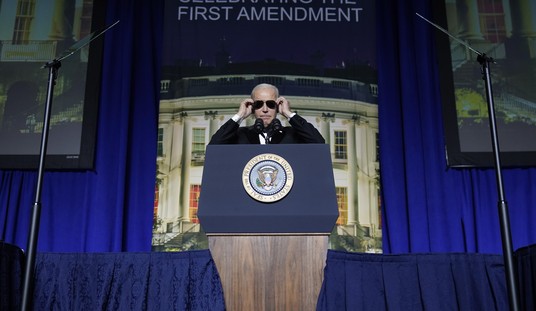The U.S. Agency for International Development (USAID) spent $5.2 million on an industrial park in Kabul province that ended up lacking water and sewer systems, auditors found.
The Special Inspector General for Afghanistan Reconstruction report found that USAID accepted the Bagrami Industrial Park “as is” despite contractors not meeting the basic requirements.
The project goes back to 2004, when USAID awarded a $10 million contract to U.S. company Technologists, Inc. to develop three industrial parks in three Afghan provinces. The contract ballooned to $21.1 million after 11 modifications — the third modification gave the company the responsibility to develop the infrastructure at the park sites, including water, sewer, electricity, phone lines, paved roads and flood channels.
The 22-acre Bagrami Industrial Park was designed to securely host 32 Afghan businesses, and opened in October 2005. This June, 27 businesses were operating out of the park employing about 500 workers.
In July 2015, SIGAR inspectors visited the park and found that the telecommunications system had been installed but wasn’t made operational.
“We also found that the water supply and sewer collection and treatment systems had not been constructed according to contract requirements. Further, although TI installed a storm drainage system, TI did not properly design the system to capture the volume of rain water generated by man-made surfaces, such as building roofs,” the report states. “During our follow-up site inspection on June 12, 2016, we noted that the problems with the water supply and sewer collection and treatment systems still existed.”
The contractor was supposed to install water wells, a well house, a pump house, underground pipes to distribute the water to each building site, two reservoir tanks to store water and a water treatment system. All they installed were the underground pipes and five fire hydrants — without the pump house needed to put adequate pressure into those hydrants.
The industrial park has been purchasing water from a textile factory two miles away.
Inspectors found the contractor “did not construct a sanitary sewer collection and treatment system at the park.”
“The contract required the park’s sanitary collection and treatment sewer system to consist of pipes to collect the wastewater from each business site and transport it to a treatment pond and then to a separate holding pond. However, TI’s submitted design consisted of pipes leading to communal septic tanks, which do not allow the sewage to be treated as required,” continues the report.
“…USAID contracting officials could not tell us why TI did not build the required sanitary sewer collection and treatment system, or why a civil engineer was not consulted to review the final drawings or technical specifications.”
Business owners at the park installed small gravity absorption septic tanks in the ground, but “over time, the ground stopped absorbing the polluted water.”
“As a result, the park’s union officials had to hire a contractor to pump out the septic tanks and remove the polluted water from the park,” SIGAR reported.
The drainage system “did not include a plan for capturing or treating the storm water from the entire park” and “did not meet International Building Code minimum requirements to prevent storm water from flowing across property lines.” Inspectors found “TI’s system design did not provide for treating the water run-off, and we found that the park’s factories were releasing water with industrial contaminants into the park’s streets.”
SIGAR interviewed four business owners at the park: a garment factory, a detergent products company, a printing company, and an electrical panel company. “These business owners stated that the park has suffered from unreliable power, poor water supply, and lack of marketing support,” the report states.
The inspector general initially recommended that the government “use all means available to obtain a refund” from the contractor, but since USAID signed off on the project “as is” that killed the ability to recoup losses.
SIGAR stressed that “it is critical” that USAID “ensure that its contractors fulfill contract requirements and address deficiencies in a timely manner before accepting and paying for a project.”








Join the conversation as a VIP Member